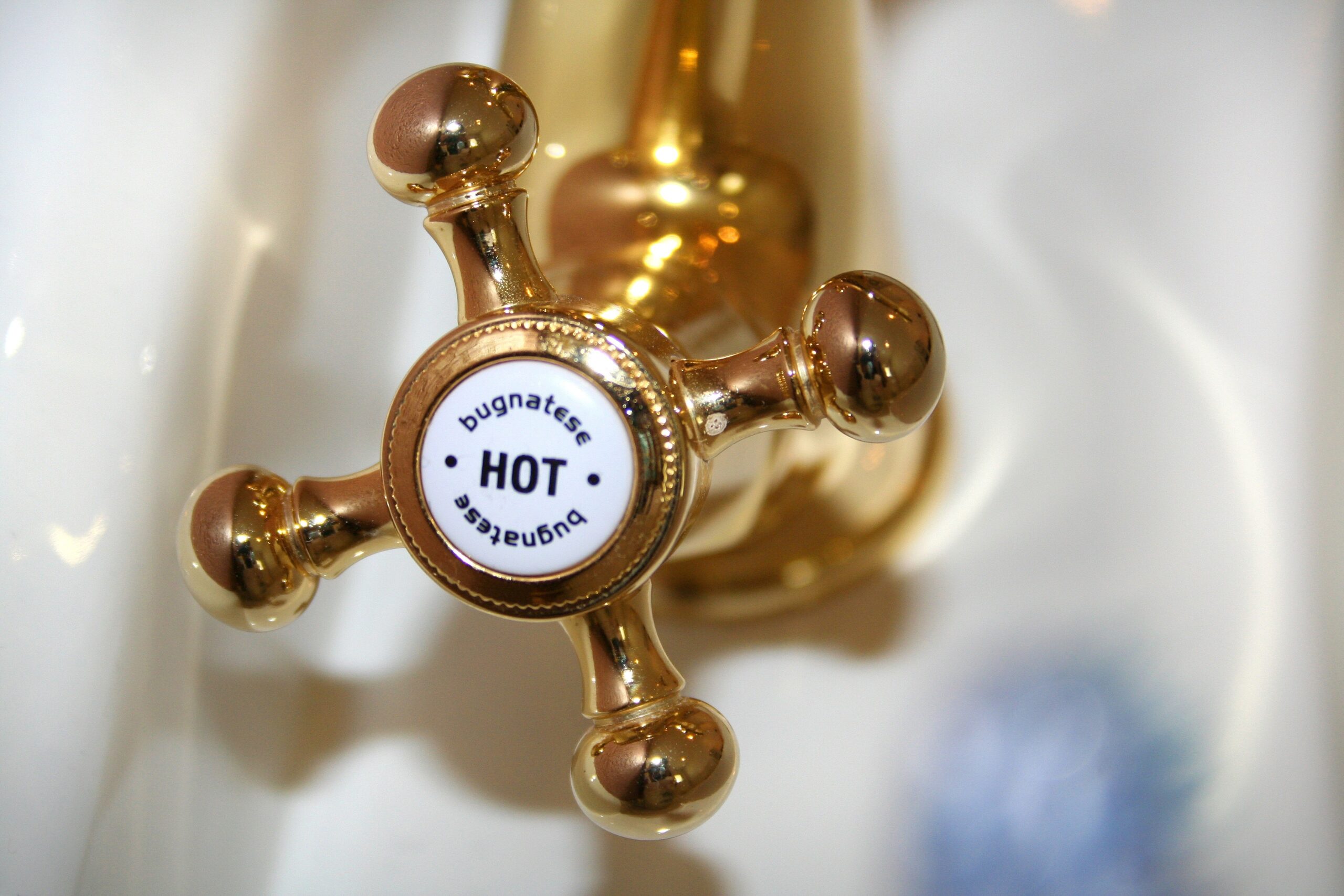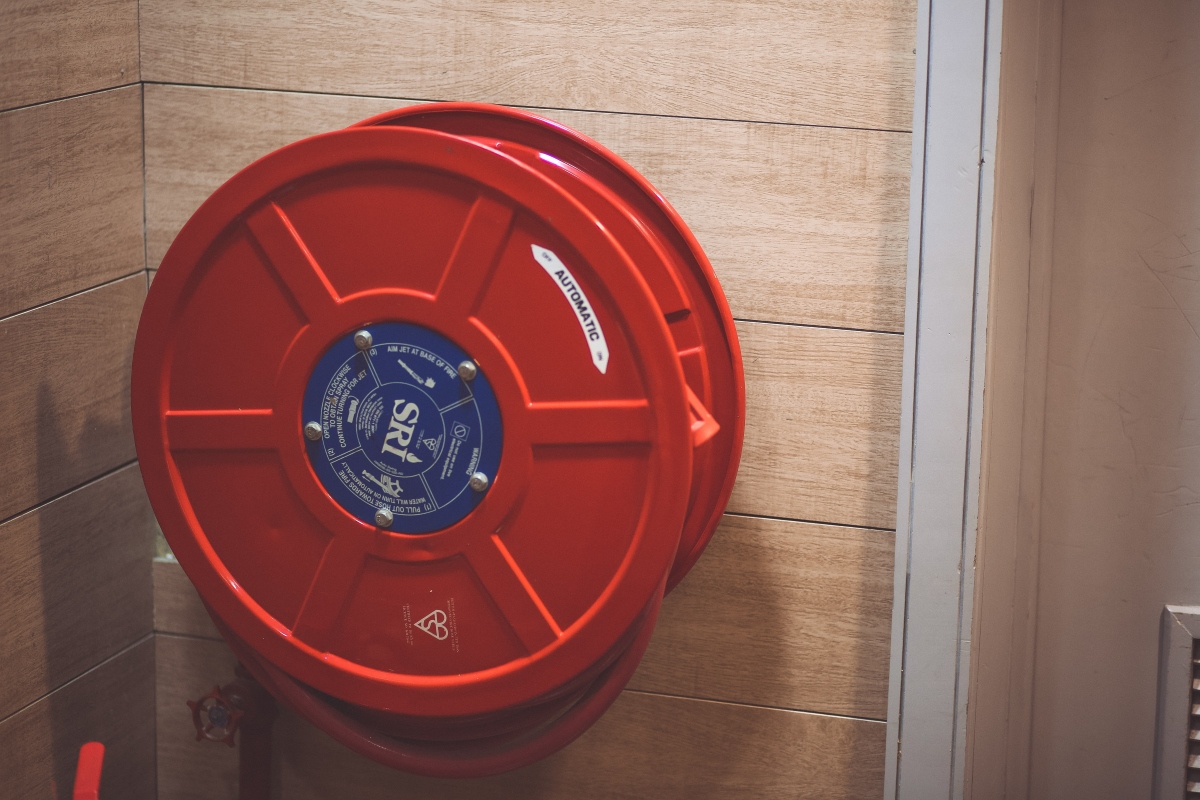Our utility bills account for a large portion of our expenditure. This isn’t all bad, however. In fact, it means that by putting some time into this one area we can cut our spending by notable sums. We are not saying that you will be able to buy your dream car just by switching to energy-saver lightbulbs but with a few changes you can cut down your utility bills and save a little bit extra – it all adds up.
Boiler Maintenance
Your boiler is one of the biggest factors in the cost of your utilities. If you do not carry out the necessary boiler service and repairs, it will run inefficiently requiring more energy to do the same job. More energy equals more money. In other words, if you don’t stay on top of your boiler maintenance you are throwing away cash. Not to mention the costs of repairing your boiler if it breaks down. Read our guide to boiler maintenance for all the tips on keeping it running efficiently (and in turn cutting down your utility bill).
Insulation
When winter comes around, you will naturally see an increase in your use of heating. This increased use comes along with increased energy bills. However, you can mitigate some of this increased use by properly insulating your home. Insulation can help keep your home warmer reducing the need for central heating. Wall and ceiling insulation are important, but you can also insulate your pipes meaning your boiler won’t have to work as hard during the winter. All this insulation adds up and so to do the energy bill savings.
Efficient Use of Appliances
The easiest way to throw away money by needlessly increasing your utility bill is an inefficient use of appliances. Using a dishwasher for just a few dishes is a clear example of this. Similarly, small laundry loads waste both energy and water. Even the temperature of your refrigerator could be costing you money. If you are inefficiently using your refrigerator by having it set too cold you could be wasting energy and adding to your energy bill. Almost all appliances can be used more efficiently. Simply by being cognisant of this when using them you can cut back their energy use and reduce your utility bills. Limit the washing machine to full loads, air dry instead of using the tumble dryer where possible, and only use the dishwasher when it is full and you are well on your way to cutting down your utility bill.
Energy Efficient Appliances
Using your appliances efficiently is a great way to cut down the energy bill but it can seem like an uphill battle if your appliances themselves are inefficient. An appliance’s energy efficiency rating will give you a good idea of its energy consumption. The more efficient an appliance is the less energy it uses. The less energy it uses the lower your utility bill. It seems simple and it is. Merely by owning more energy-efficient appliances, you can start making savings on your utility bills.
Energy Grants
Many people don’t know it but when it comes to energy bills there is often free cash up for grabs. Government grants, for example, could give you money off your energy bills or help you pay for insulation or installing solar panels. Not everyone is eligible for all the available options, but you might find one that you can take advantage of. There are grants from the government and energy suppliers so there are plenty of options to explore. Check out this “Government energy grants for your home” guide from Which for more details.
Our utility bills can often become quite expensive but by following the tips in this guide you can reduce them and start making some savings.

